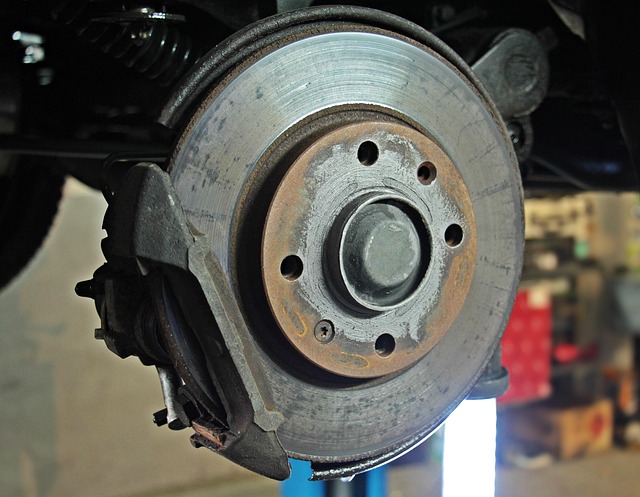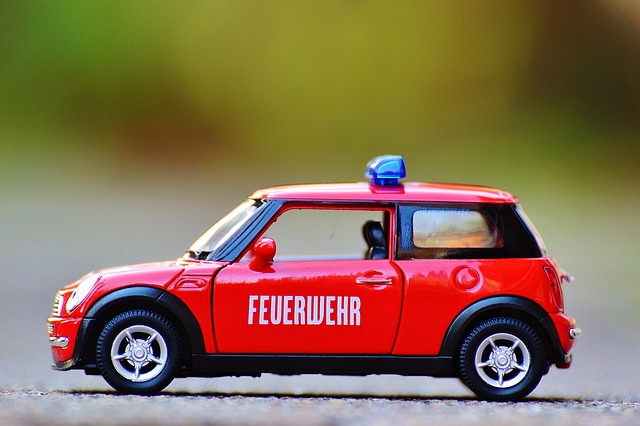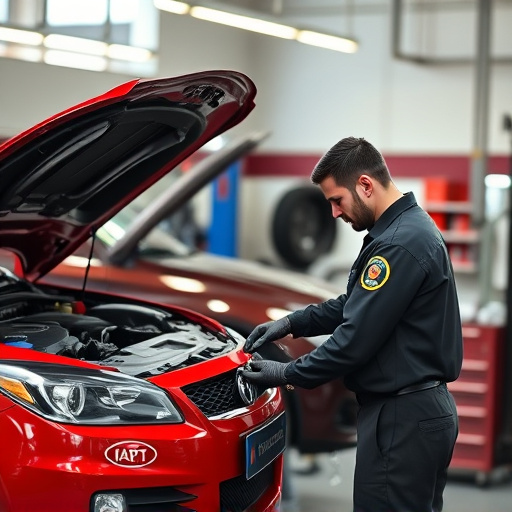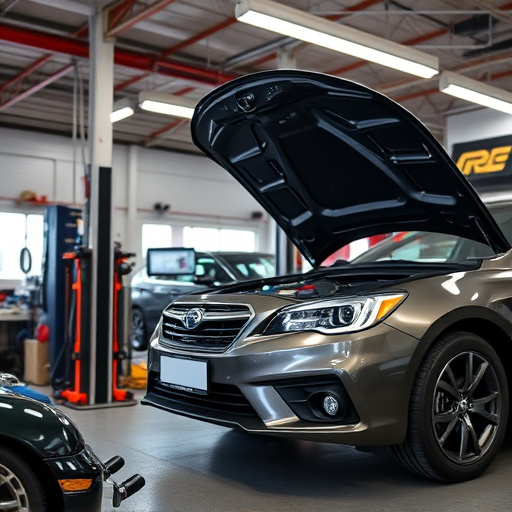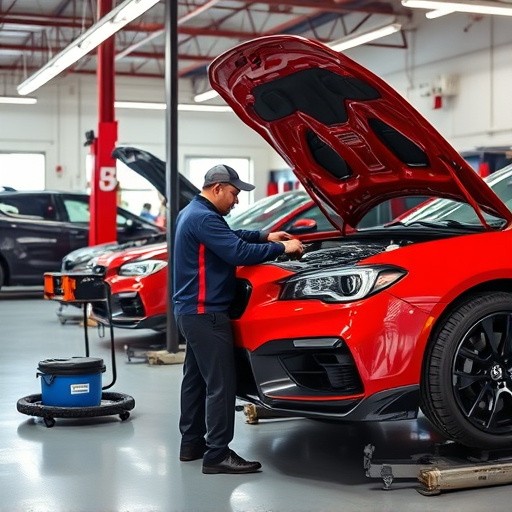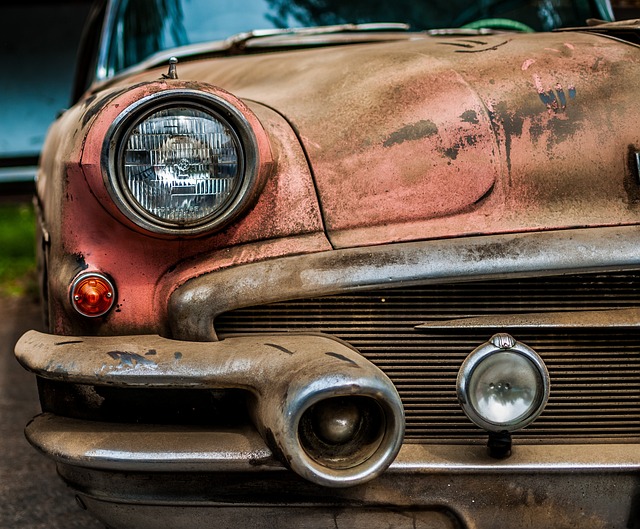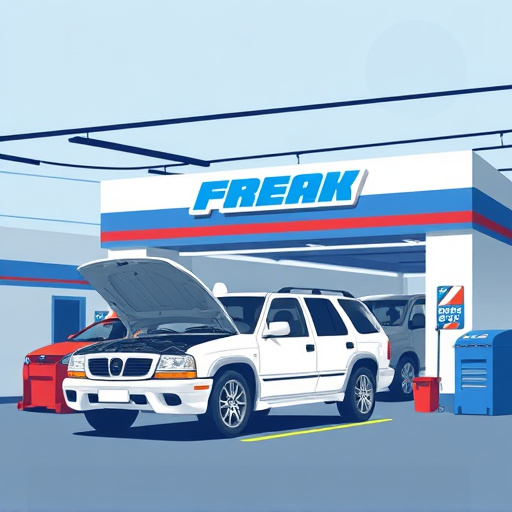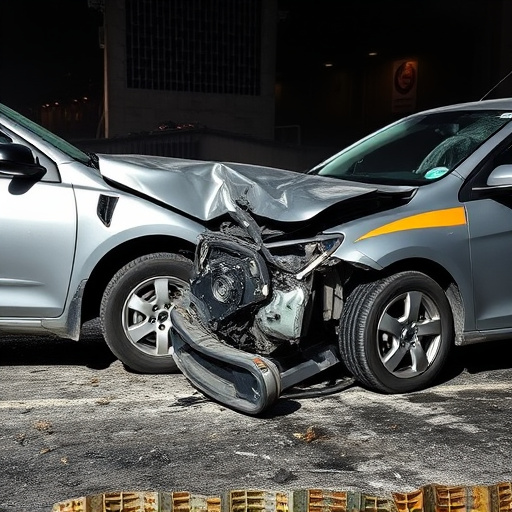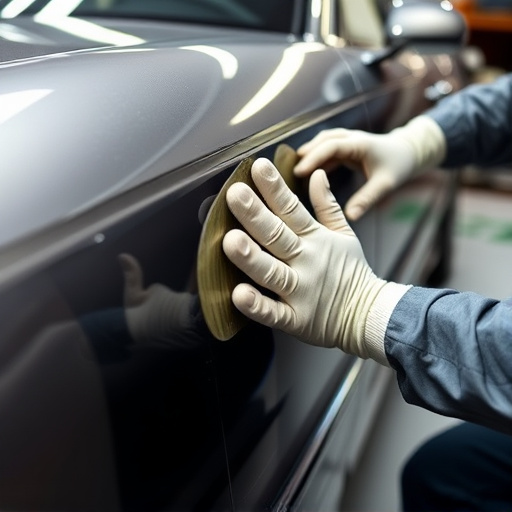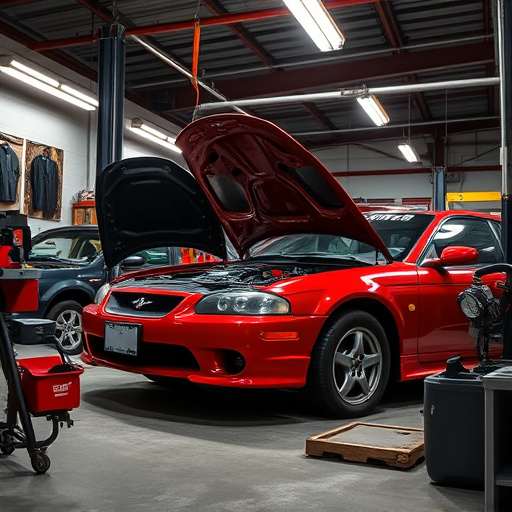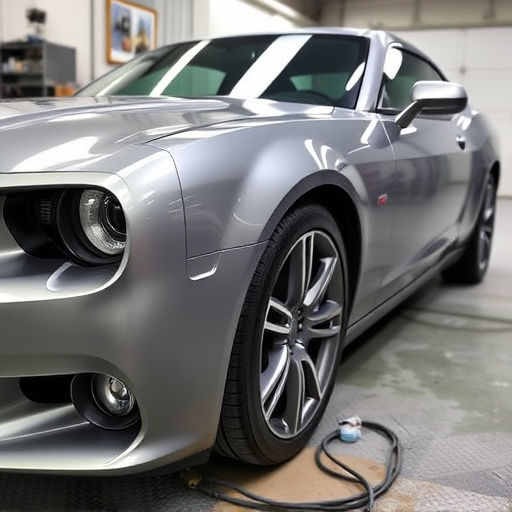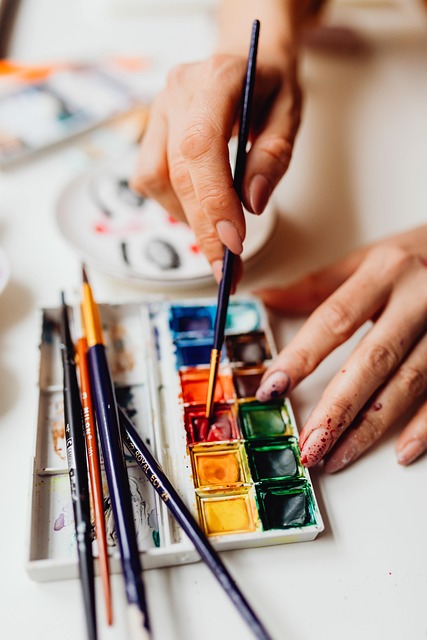Collision repair audits are essential for maintaining high standards and safety in the automotive industry. They identify issues like inconsistent procedures, improper alignment, and incorrect parts tracking. Best practices involve systematic preparation, comprehensive audits covering facility, protocols, equipment, and material handling, along with regular feedback sessions to promote continuous improvement.
Collision repair audits are crucial for ensuring quality and identifying potential issues in vehicle restoration processes. This article delves into the common defects and mistakes that auditors frequently uncover during their assessments. By exploring these challenges, we provide insights into best practices for effective collision repair audits. Learn how to navigate the process, avoid pitfalls, and foster superior craftsmanship in the automotive industry.
- Uncovering Defects in Vehicle Repairs
- Common Mistakes: Auditors' Perspective
- Ensuring Quality: Best Practices for Audits
Uncovering Defects in Vehicle Repairs
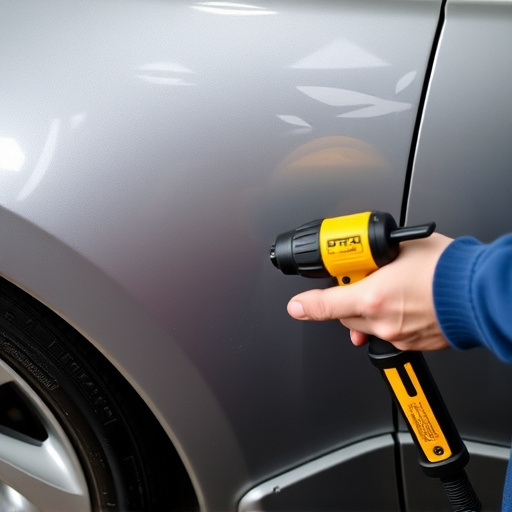
Collision repair audits are a critical process for ensuring vehicle repairs meet high standards. During these audits, defects that might go unnoticed during routine checks are unveiled. These can range from misaligned panels in fender repair to inconsistent paint jobs in car body repair, indicating areas where the initial fix was subpar.
By meticulously examining every aspect of the repair process, from measuring techniques to final quality control, automotive collision repair professionals can identify and rectify these issues early on. This not only guarantees a higher level of customer satisfaction but also promotes safety by ensuring vehicles are structurally sound and roadworthy after repairs.
Common Mistakes: Auditors' Perspective
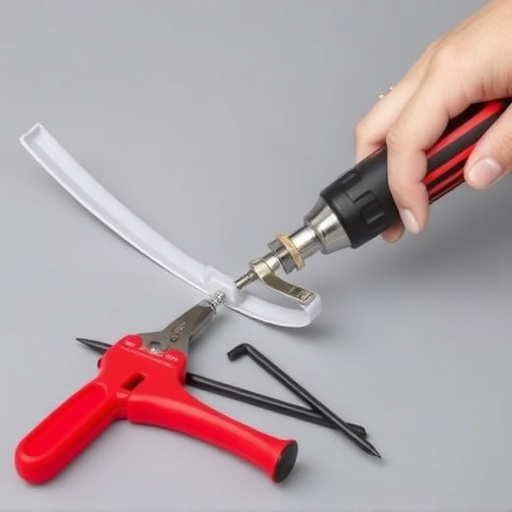
Collision repair audits are a critical component of ensuring quality and safety in the automotive industry. From the auditor’s perspective, common mistakes often arise from variations in skill levels among technicians and inconsistent adherence to standard operating procedures (SOPs). One frequently observed issue is the lack of proper alignment during bumper repair or luxury vehicle repair, leading to misaligned panels and subpar finishes.
Another area of concern is the inadequate documentation and tracking of parts used during automotive collision repair. This can result in incorrect part replacements, especially when dealing with rare or specialized components. Effective communication breakdowns between technicians and auditors further exacerbate these problems, emphasizing the need for standardized training and clear SOPs to streamline collision repair processes across the board.
Ensuring Quality: Best Practices for Audits
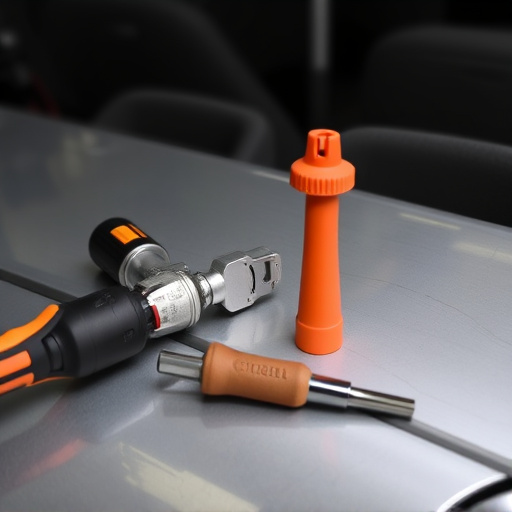
Ensuring quality during collision repair audits is paramount to maintaining high standards in the automotive industry. Best practices involve a systematic approach that begins with meticulous pre-audit preparation. This includes gathering relevant historical data, setting clear objectives, and selecting qualified auditors who possess the necessary expertise in auto maintenance and repair processes. A well-planned audit should cover all critical areas, from facility cleanliness and organization to adherence to safety protocols and industry standards.
During the audit itself, a thorough examination of work procedures, equipment calibration, and material handling practices is essential. Auditors should verify that every step of the collision repair process aligns with best practices, including proper training documentation, standardized quality control measures, and effective communication channels. Regular feedback sessions between auditors and shop personnel can help identify areas for improvement while fostering a culture of continuous enhancement in the collision center or automotive body shop.
Collision repair audits are essential tools for ensuring vehicle repairs meet high standards. By identifying common issues and mistakes, auditors can facilitate continuous improvement in the industry. Implementing best practices during these audits helps maintain quality, protect consumer rights, and foster trust in collision repair services. Regular and thorough collision repair audits are a game-changer in promoting excellence and safety across the board.

